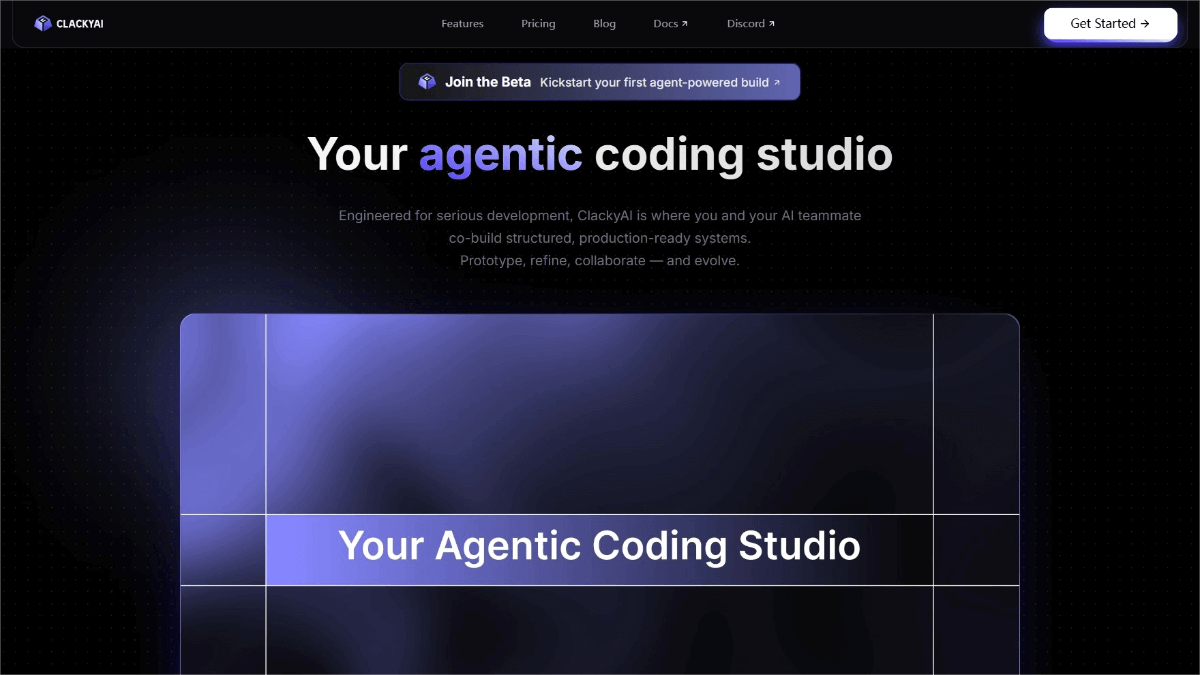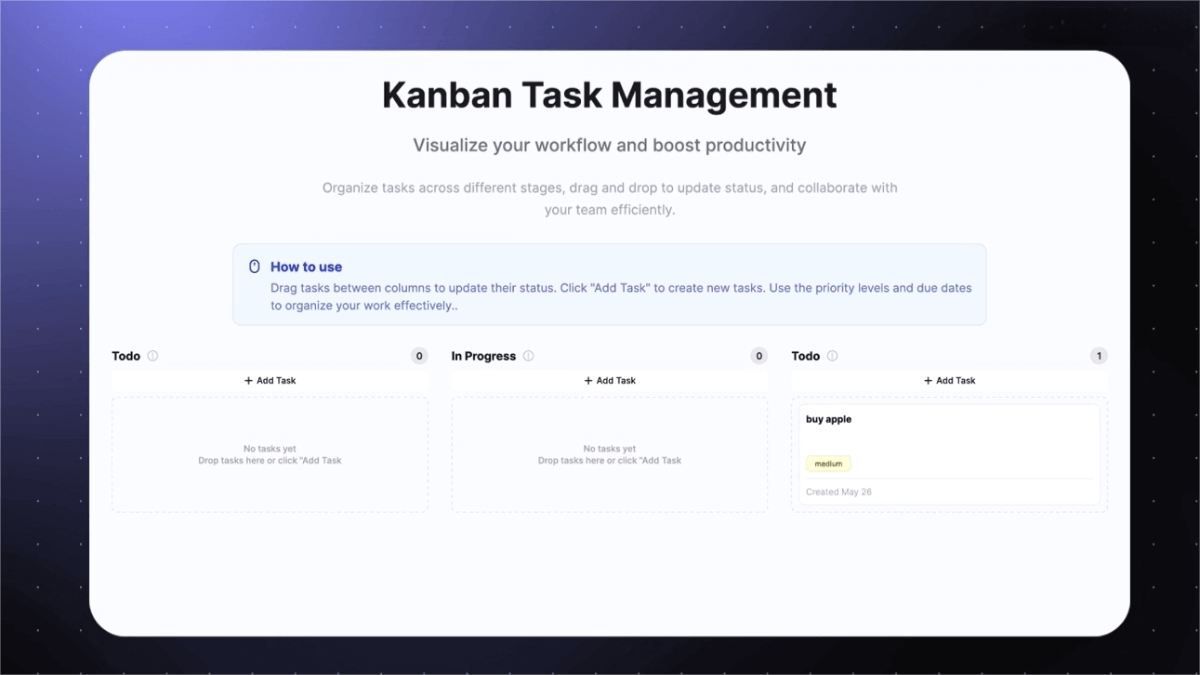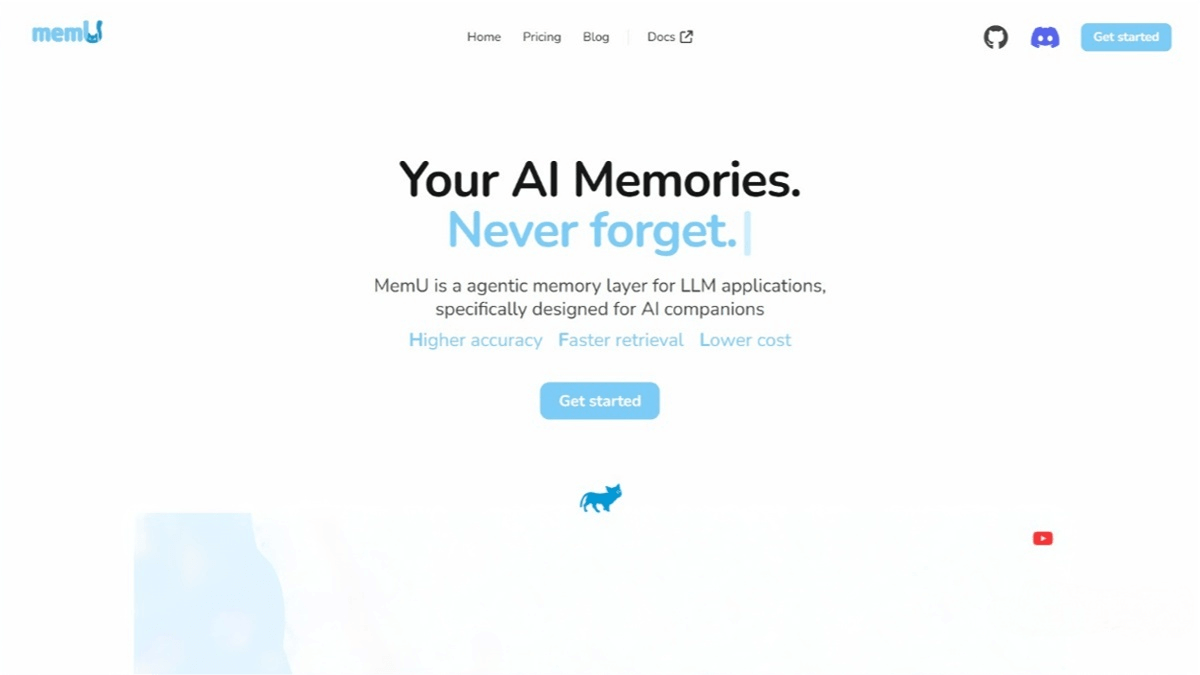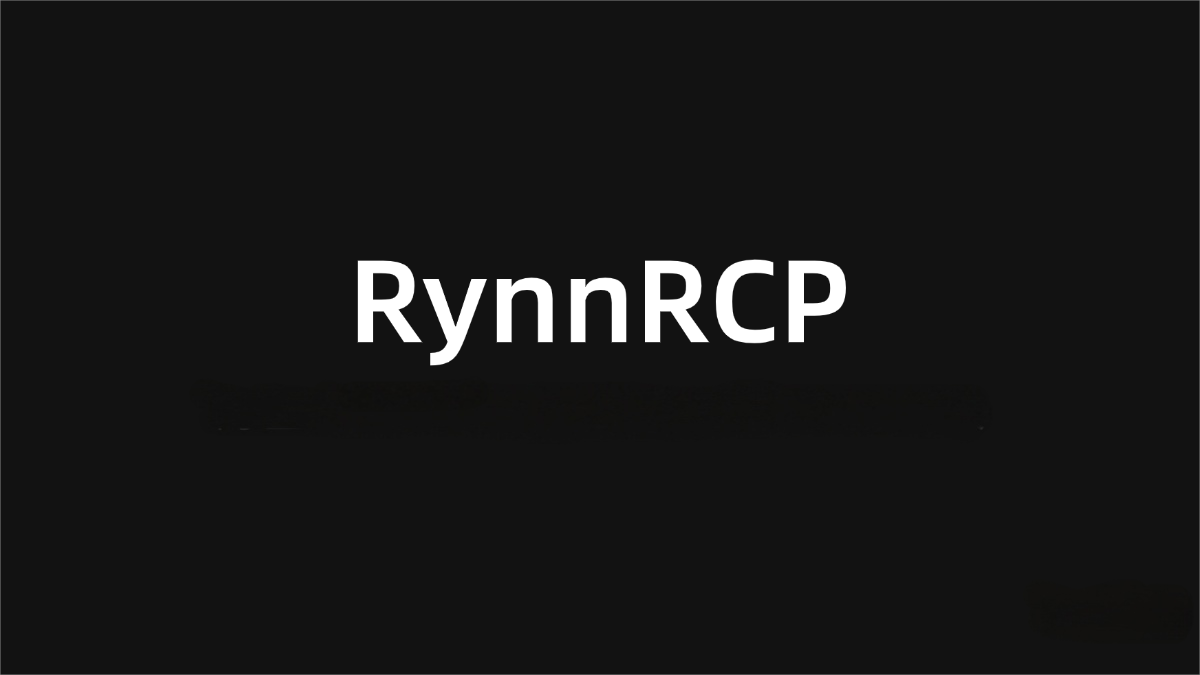Clacky AI – An AI-powered programming tool, a cloud-based L3-level Coding Studio
What is Clacky AI?
Clacky AI is a cloud-based development environment (CDE) designed for developers, featuring an L3-level Agentic AI programming assistant. It supports full-stack development—including Python, Node.js, Golang, Ruby, Java, and more—and helps developers rapidly build and iterate practical systems from ideas. Leveraging structured task decomposition, multi-threaded collaboration, self-diagnosis, and auto-repair capabilities, Clacky AI enhances development efficiency and lowers the entry barrier. It is particularly suitable for team collaboration and fast project iteration. Its “Time Machine” feature allows developers to trace every step in the development process, ensuring stable project progress.

Main Features of Clacky AI
-
Engineering-Oriented Mindset: Emphasizes a complete workflow from project planning to iteration that aligns with human intuition.
-
Full-Stack Support: Supports front-end, back-end, and common programming languages (Golang, Python, Node.js, Ruby, Java, etc.). Users can generate complex projects based on simple prompts.
-
Cloud Development Environment: Pre-configured development environments remove the need for local dependency installations, lowering the usage threshold.
-
Multi-Threaded Workflow: Git-branch-based multi-threaded workflow supports isolated and parallel task execution.
-
Self-Diagnosis and Auto-Repair: Automatically plans tasks and repairs issues when they arise.
-
Time Machine Feature: Enables users to revert to any previous node, preserving the complete contextual state of each task.
Official Example
Prompt: Develop a kanban-style task management system.

Official Website
How to Use Clacky AI
-
Register and Log In: Visit the official Clacky AI website, create an account, and log in.
-
Apply for Beta Access: Clacky AI is currently in beta. Apply for beta access by clicking the relevant button, filling out the form, and waiting for approval.
-
Create a Project: After logging in, enter the workspace and click “Create Project.” Enter the project name, description, and select the project type (e.g., web app, crawler, game).
-
Input Requirements: After project creation, input detailed requirements. Clacky AI offers “prompt tuning” to help clarify and structure your needs. Confirm to generate a requirement list for further refinement.
-
Task Planning and Execution: Clacky AI automatically decomposes tasks based on requirements and generates a task list. Users can start execution immediately or adjust task order and priority manually.
-
Code Generation and Optimization: During execution, Clacky AI generates code displayed in real-time in the code editor. Use the Time Machine feature to view change history and revert to any point.
-
Team Collaboration: For team projects, create multiple threads to assign subtasks to different members. Each thread works independently to develop its assigned task.
-
Code Export and Deployment: Upon completion, export the code locally and deploy it to your preferred server or cloud platform.
Advantages of Clacky AI
-
Full Development Cycle: Supports everything from zero-to-one prototyping to large-scale iterative development in a unified environment.
-
Designed for Important Projects: Built from the ground up for real projects with no tool switching, supporting continuous growth.
-
Intelligent Partner: Acts as a logically clear, goal-driven AI teammate focused on delivering outcomes and scaling projects.
How Clacky AI Supports Team Collaboration
-
Parallel task execution through isolated threads.
-
Human-AI collaboration on different project components.
-
Real-time progress tracking and dynamic adjustments via the cloud.
Application Scenarios
-
Full-Stack Project Development: Ideal for building complete full-stack applications from scratch, such as an e-commerce website, including front-end design, back-end logic, and database integration—all in one platform for rapid system generation.
-
Team Collaborative Development: Supports multiple threads within the same project, allowing asynchronous task handling and shared project context—perfect for complex team projects with improved collaboration efficiency.
-
Rapid Prototyping: Helps developers quickly transform ideas into runnable prototypes using simple prompts—suitable for individuals or teams validating product directions early in projects.
-
Teaching and Learning: Serves as a programming teaching tool, helping students grasp programming concepts quickly and generate example code, lowering the learning barrier—ideal for educational scenarios.
-
Enterprise Application Development: Enterprises benefit from its rapid development and iteration capabilities to shorten project cycles and improve market responsiveness, while cloud-based environments reduce local resource configuration and maintenance costs.
Related Posts




